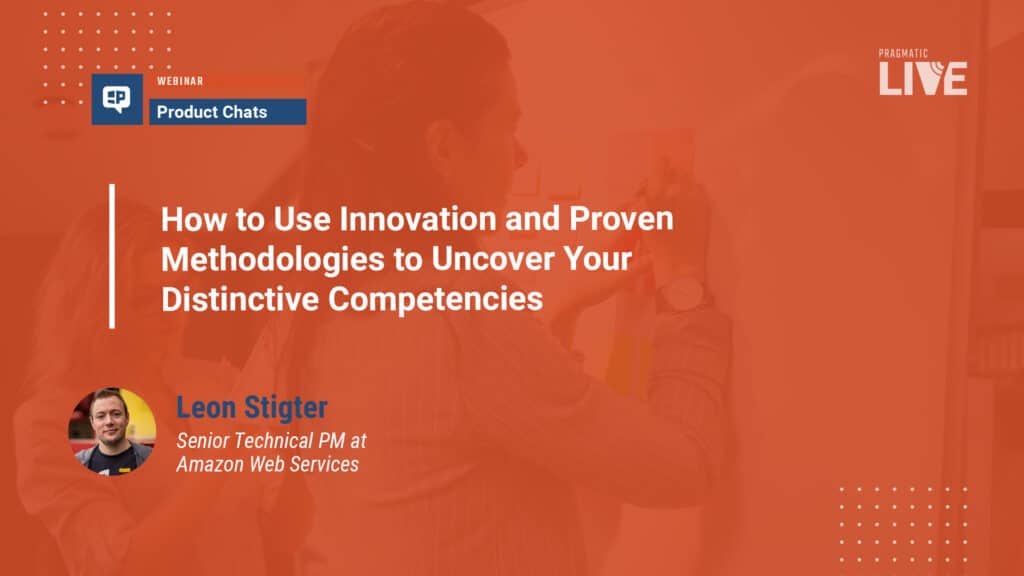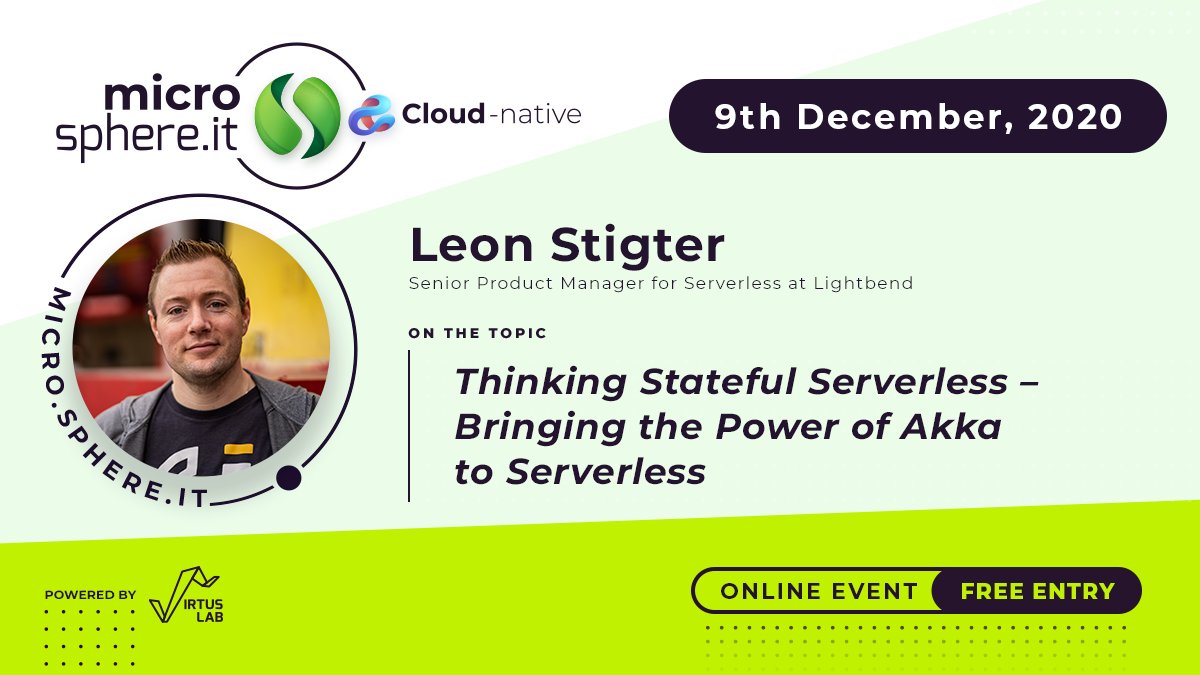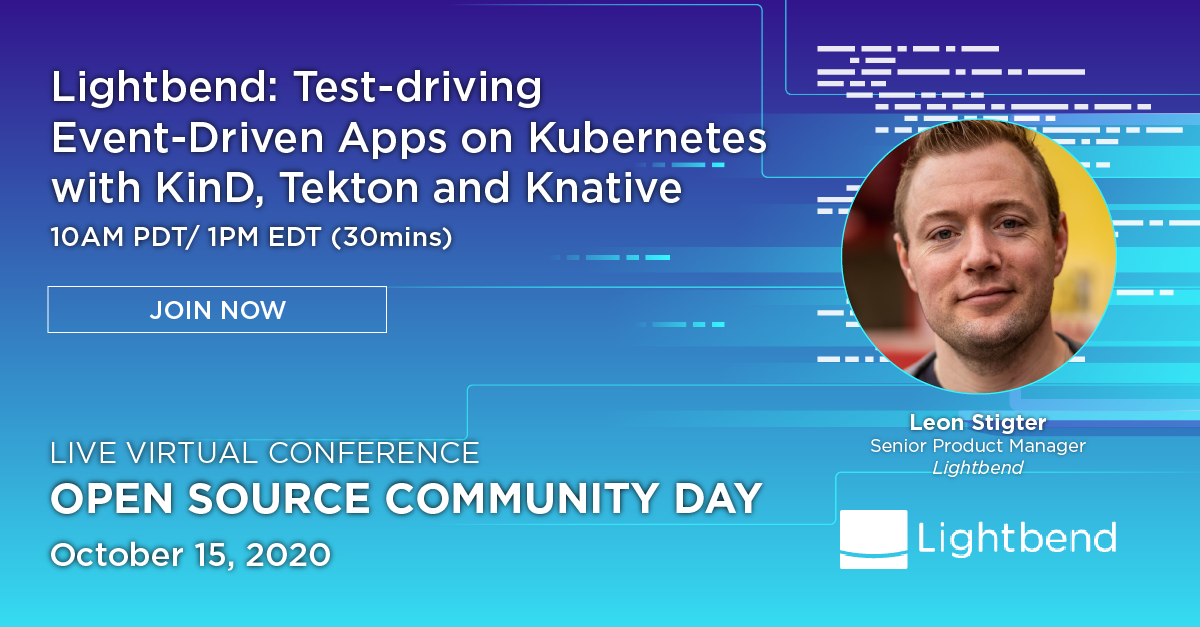
What's new in AWS Lake Formation (reInvent 2023)
Simplify data governance with AWS Lake Formation! Watch our re:Invent video for insights on centralizing permissions, securing data, and enabling global data sharing. Learn about new features and customer success stories.
Chief data officers, data platform administrators, architects, owners, and consumers are looking to simplify data access permissions and governance. AWS Lake Formation makes it easier to centrally govern, secure, and globally share data for analytics and machine learning use cases. Join this session to learn about new capabilities, customer stories, and how you can get the most out of Lake Formation.






